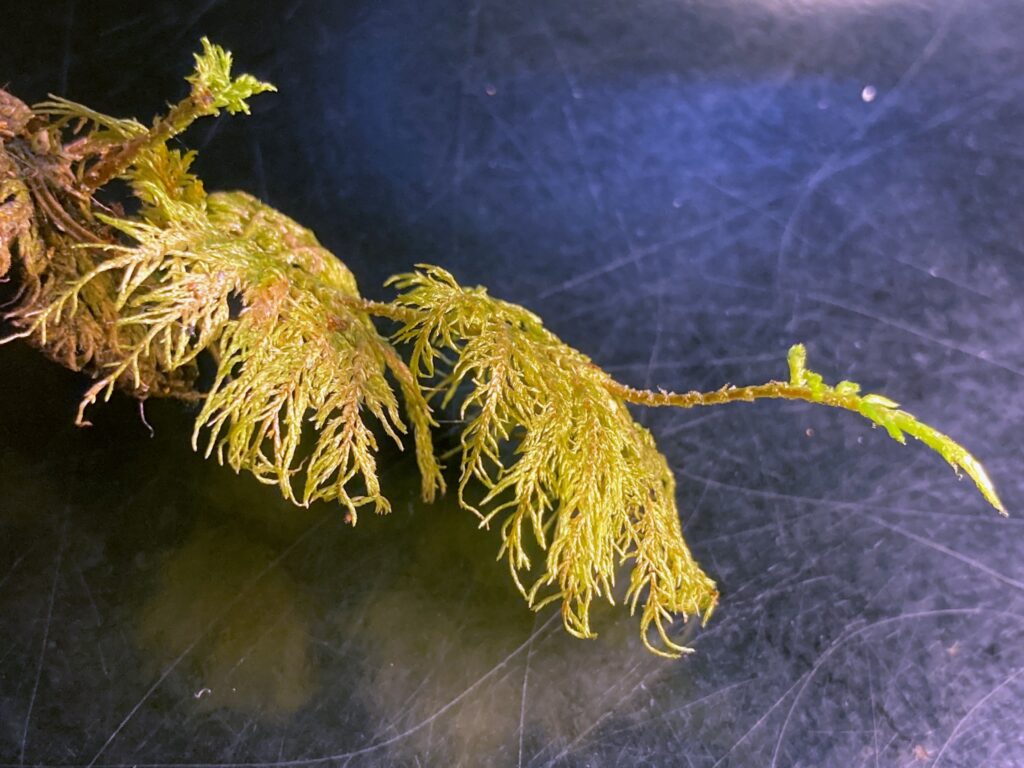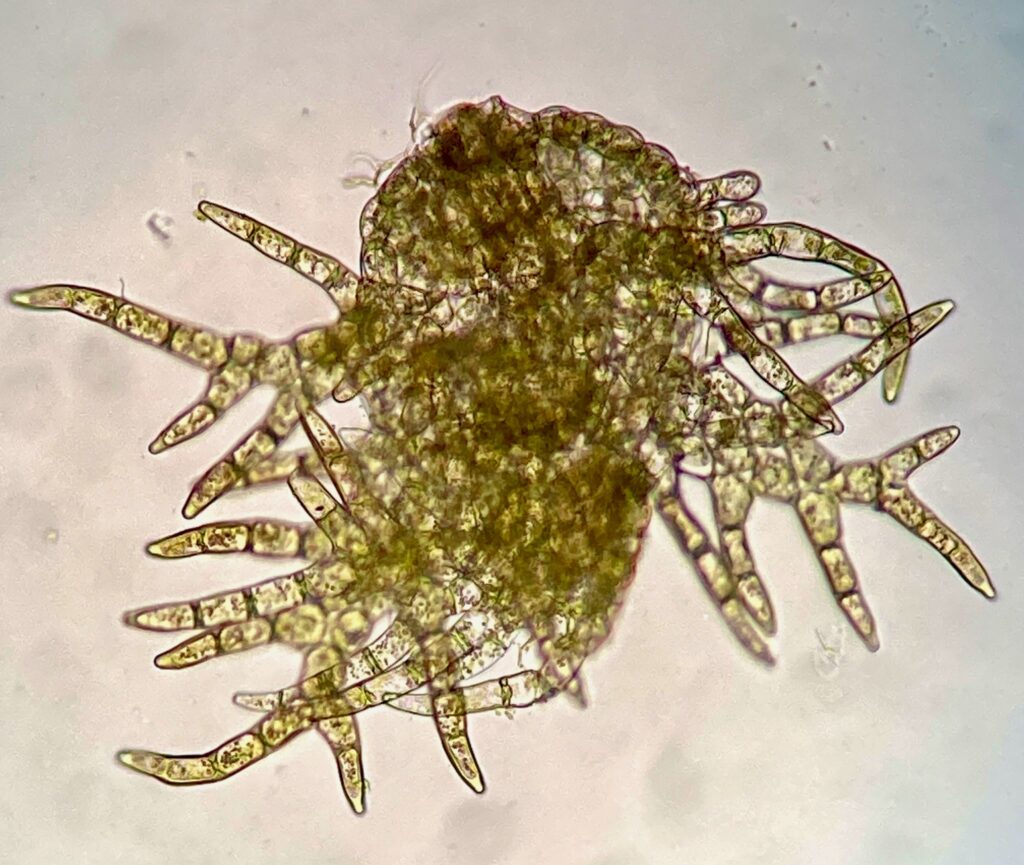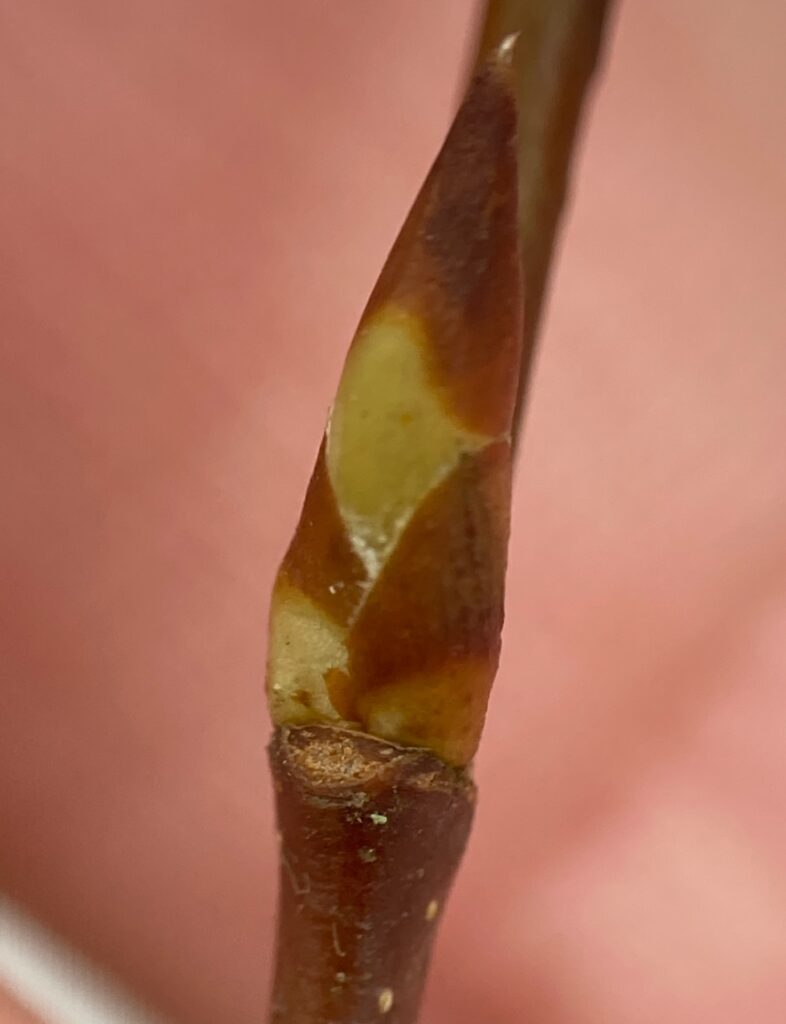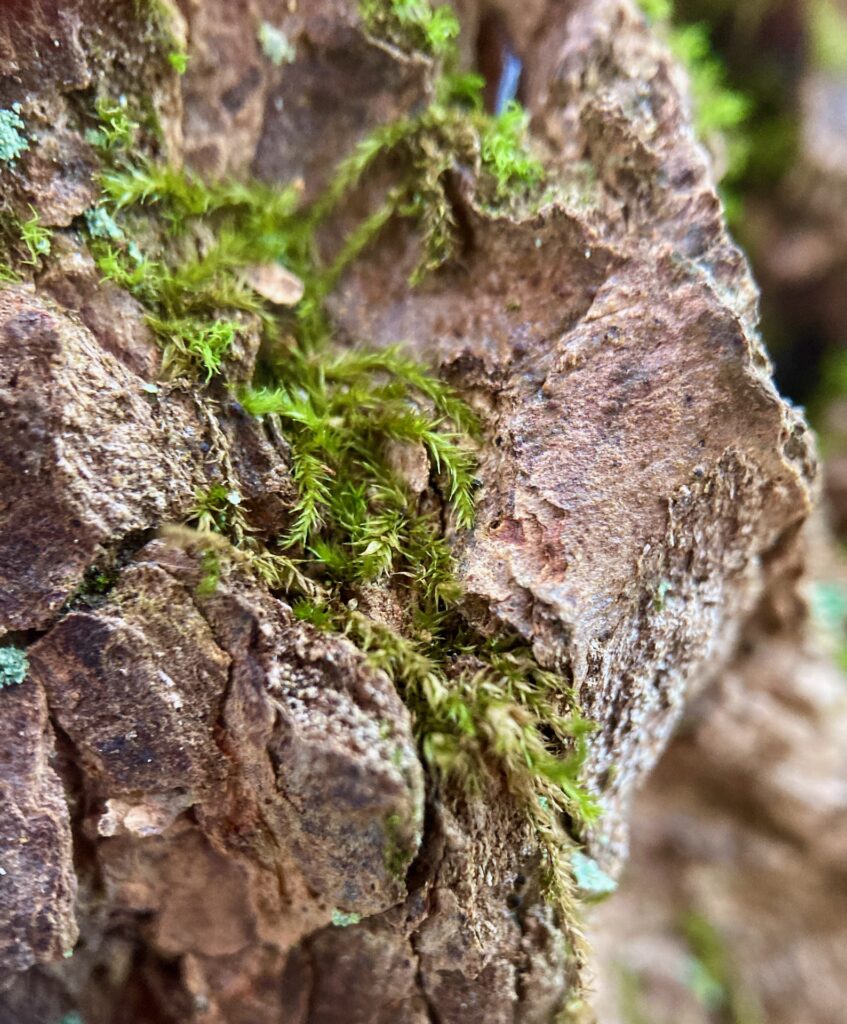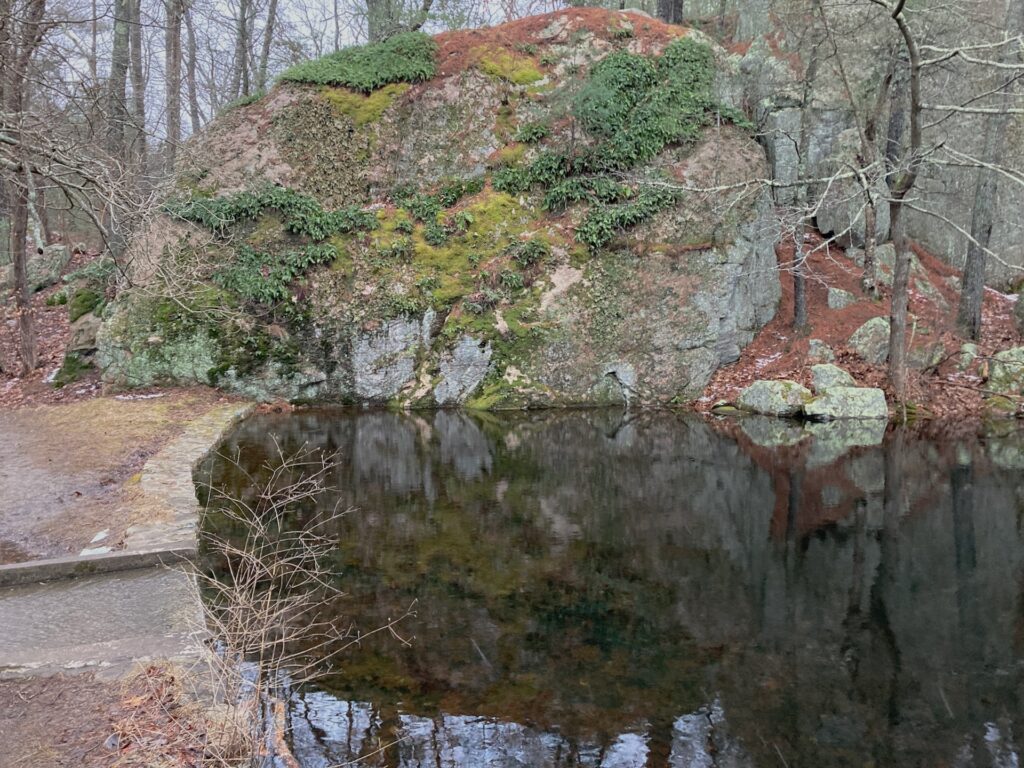I’m attending a week-long seminar on bryophytes at a natural history institute in coastal Maine — which I like to refer to as “moss camp.” We go out collecting for an hour or so, then spend the rest of the day in the lab trying to figure out what we’ve collected. I spend about equal amounts of time staring through a microscope, and poring through dichotomous keys.
Identifying bryophyts has proved to be challenging. To begin with, the dichotomous keys can be frustrating. They use terms like “complicate-bilobed” and phrases like “Leaves keeled and conduplicate.” Different dichotomous keys sometimes use different terms for exactly the same characteristic. Then there are taxa which are frustrating — to identify Sphagnum moss to species, our instructor told us to make slide preparations of a stem leaf, a branch leaf, the stem stripped of leaves, and a section of the stem; and then after an hour or so of staring through microscopes, three different keys gave three different answers because the taxonomy isn’t settled. Usually by mid-afternoon, the three of us in the class have to get up and walk out of the lab to clear our heads.
The beauty of the bryophytes makes up for the frustrations of taxonomy and morphology. It’s another whole world….
